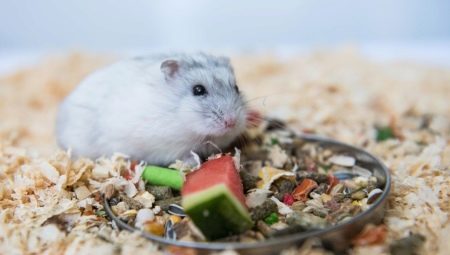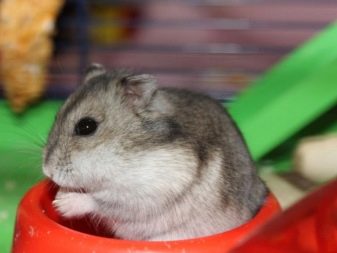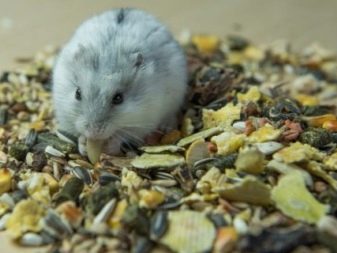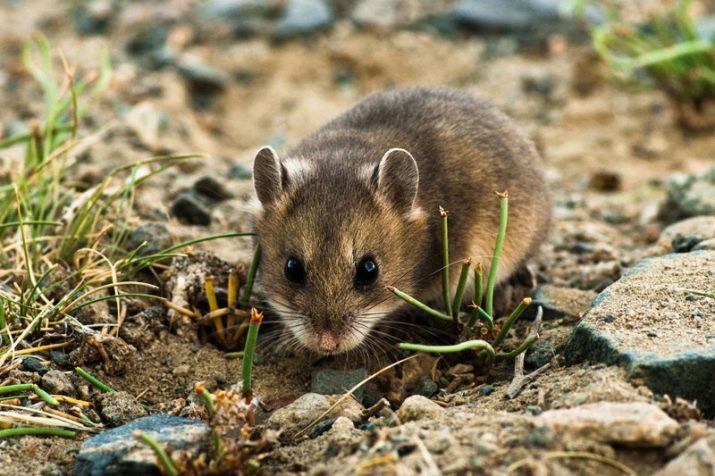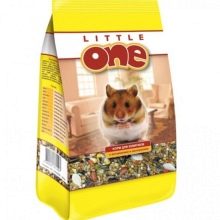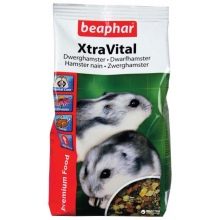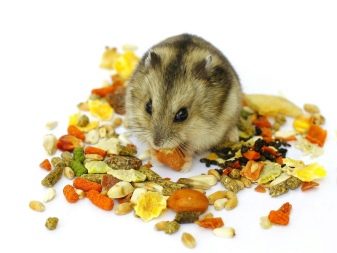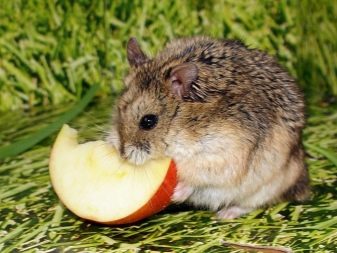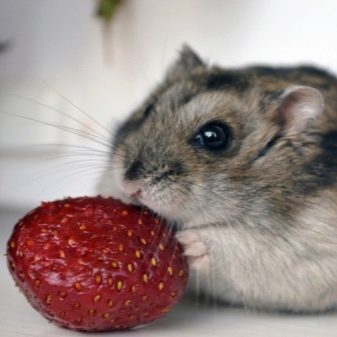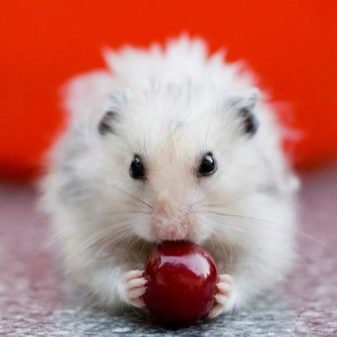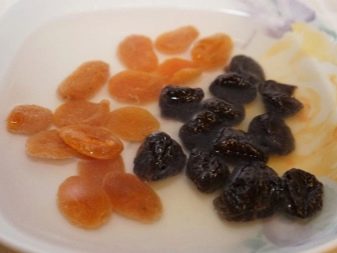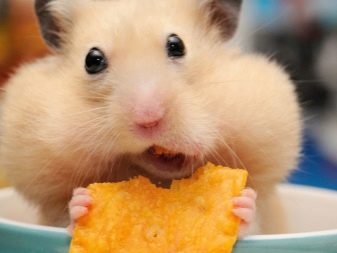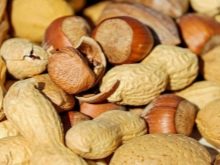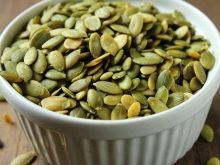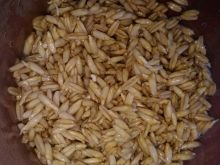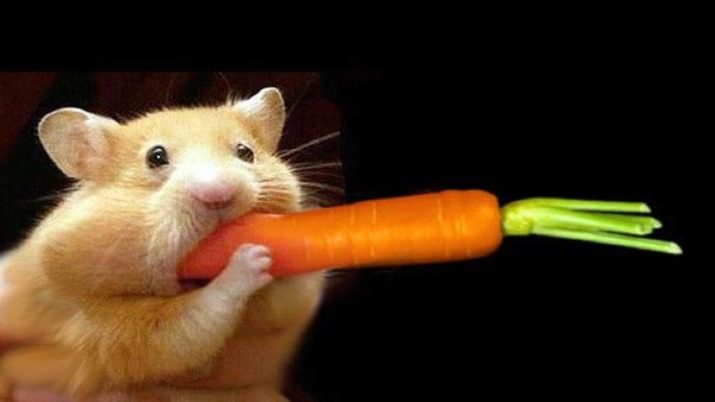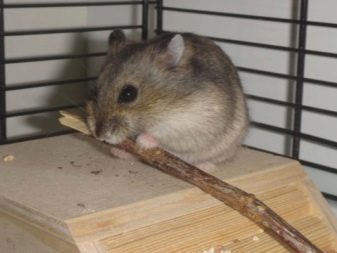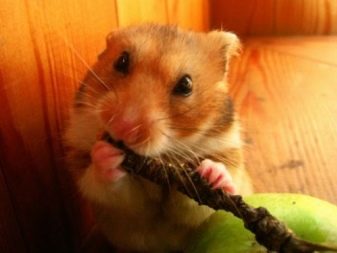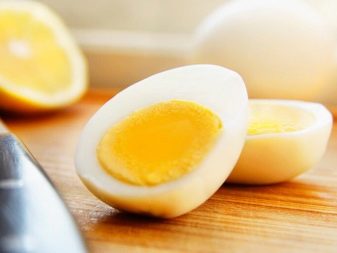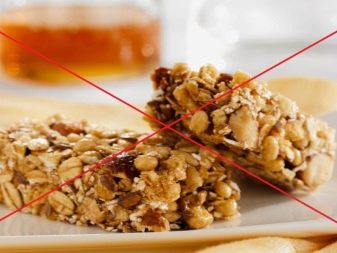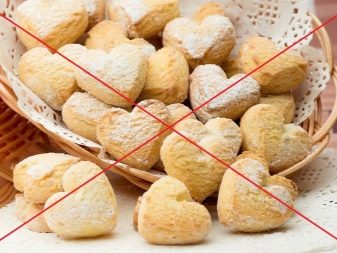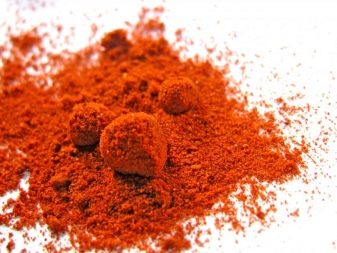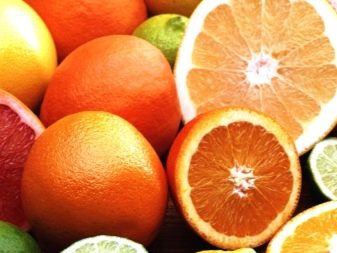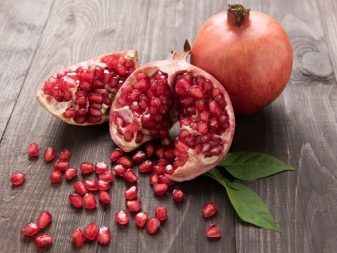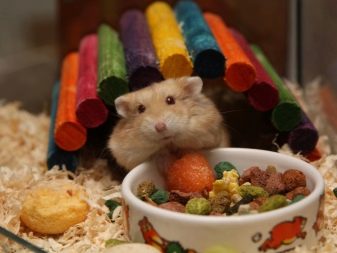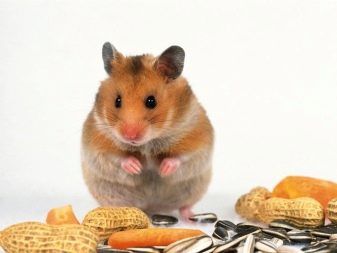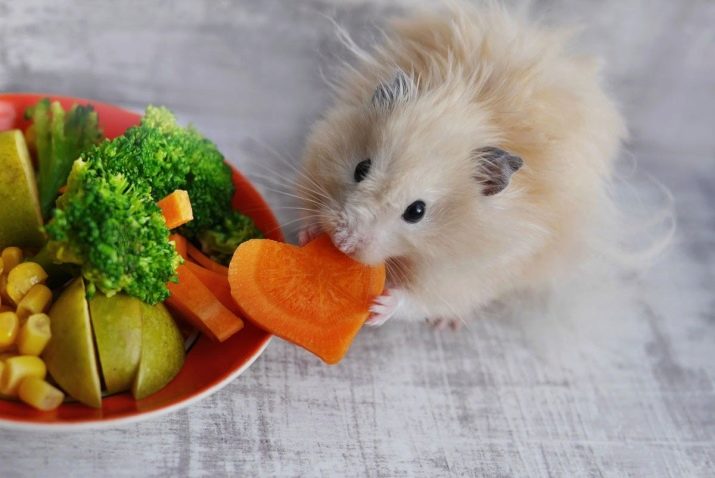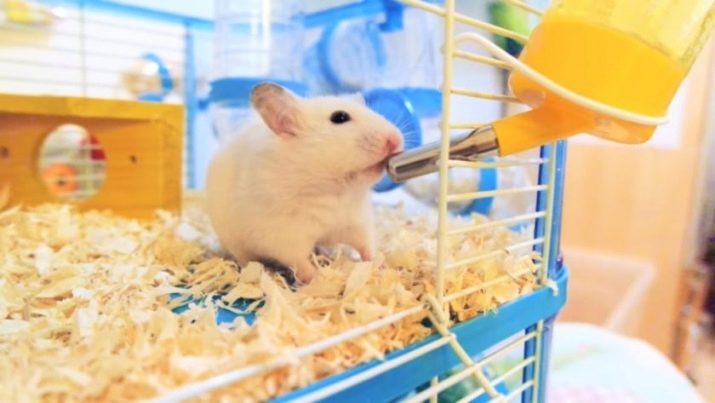Hamsters are interesting to a lot of people, even children like them. But in order not to be disappointed in your choice, you must be able to choose the right food for your pets.
Body features
A common misconception is that the Dzungar hamsters eat everything that only they provide the owners. In fact, the animal is able to eat everything that can gnaw, but a lot - only once. The consequences of mistaken product choices can be fatal.
Dzungaria is terrain formed by semi-deserts, and partly dry steppes. This left a distinctive imprint on the entire diet of animals from there.
Hamster digestion is not adapted:
- for sweet food;
- for foods high in fat;
- to the abundance of carbohydrates and increased calorie.
Under natural conditions, this species eats mainly grains and seeds. When autumn comes, the rodent seals the passage to the burrow. And before the onset of spring, he will eat only what he has collected in the pantry, that is, dry stocks.
In spring, the hamster will eat green grassy plants., and in the warm season will be willing to eat berries and insects. The Dzungarian hamster, due to its small size, is distinguished by an intensive metabolism: even a short fasting affects it negatively.
Food Requirements
Making a ration for a hamster is optional, if you use special food.
Replace them with mixtures that are intended for domestic and wild animals of other species is totally unacceptable.
Standard kits contain a complete set:
- vitamins;
- essential nutrients;
- trace elements.
The use of such compounds can improve the diet of the animal and balance it. In addition to food, it is necessary to provide and water. It can not be replaced even the most juicy vegetable food. If the hamster gets too little water during the day, he may even die or become disabled. From food, in addition to specialized feed, the Jungar species will eat:
- fruits;
- various vegetables;
- shoots of green plants;
- animal protein.
What can I give?
Hamsters may well have oats But the rice they eat only in limited quantities. Corn, wheat, rye and barley can be given without a doubt. But buckwheat and lentils can be used only in a small volume. As for berries and fruits, they may well be given in both fresh and dried form.
Fruit and berry food is given only to animals not younger than 2 weeks.
All fresh fruits in advance cleaned of seeds and bones. Without these components, such food does not pose any danger. It is worth considering that the main part of juicy fruits is rich in carbohydrates, as well as glucose. Therefore, a strict limit is imposed on the number of such ingredients.
Their marginal share in the daily menu should not exceed 5%. Otherwise, the life of the hamster is endangered. Fruits and berries accumulate in advance. Both dried and frozen preparations will do. Dried fruits (bananas, dried apricots, raisins, dates) are soaked for 3 or 4 hours before laying in the trough.
Seasonal fruits, including apples, are valued most by hamsters.
Juicy food of any type must be thoroughly washed. In addition, we must try to remove a maximum of pesticides and nitrates. To do this, you have to soak the greens, and remove the peel from the apples. Dzhungariki love:
- oatmeal;
- buckwheat groats;
- barley;
- oats;
- beans;
- sunflower seeds;
- pumpkin and melon seeds;
- Walnut;
- peanuts and hazelnuts;
- wheat germ;
- sprouts oats;
- cashew nuts.
It is reasonable to feed dungarian hamsters germinated alfalfa. Green plants are recommended nettle leaves, clover, basil, celery. It is appropriate to use dill, pea pods in general form. Vegetables are also popular, such as:
- broccoli;
- cucumber;
- carrot;
- cauliflower;
- tomato;
- turnip;
- beet;
- pumpkin;
- radishes and other crops.
Berry and fruit crops are good plums, peaches, pears, cherries, gooseberries, grapes, cherries, wild rose. Pretty good and blueberry and apricot. The hamster's teeth are strong enough for the animal to eat small sprigs and bark of deciduous fruit crops. The main "candidates": cherry, apple, poplar and maple.
Beech, willow and birch twigs, pieces of the bark of these trees also suitable for feeding the rodent. On such solid food, he can hone his teeth.
Protein dishes should be added to the hamster's diet every 2-3 days. Optimal options: boiled chicken, boiled eggs (quails are permissible), worms from a pet store or shrimps dug on their own. Some hamster breeders use yogurt (only without any additives) and low fat cottage cheese varieties.
Hay for a hamster will give alfalfa and timothy. Such food will provide the animal with fiber.
What is better to exclude?
Making a list of foods that can not give a hamster, we can mention:
- bakery products;
- pasta;
- peas;
- beans.
Immutable requirement is a ban on all food in which there is sugar, salt and other spices. It is unacceptable to feed jungar fatty or subjected to frying products. Under the ban gets everything that is intended to power people. The highest risk is represented by confectionery products: cookies, muesli and kozinaki are included in any lists of prohibited foods. Dangerous for the animal and honey, and ice cream, and all chocolate products.
It is not necessary to treat the prohibitions lightly. Any product listed as unacceptable may cause the death of the animal.
Since hamsters can be given quite a lot of products, there is no need for junk food experiments. Even if something seems unjustified or incomprehensible, there is always a reason. Any ban is based on many years of practice.
That which is quite usual to see on the table, the organism of a jungar can not be transferred. Almonds, as well as apricot seeds and other plant parts containing prussic acid, are extremely dangerous for hamsters. In the watermelon pulp nitrates accumulate. Because of the honeysuckle and elderberry, the animals may be subjected to convulsions and suffocate. Solanine contained in potatoes is dangerous.
It is important to bear in mind that a hamster is much smaller than a human and even most domestic animals. Therefore, the seemingly insignificant portion of toxins can destroy it. All binders (for example, contained in persimmon) inhibit digestion. Tanning components disrupt the normal functioning of the intestines and pose a huge risk to the animals. But the opposite failure (diarrhea) is also harmful to the hamster.
Therefore, the ban fall:
- spicy ginger;
- salt;
- paprika.
Cheese, regardless of grade, contains a noticeable amount of salt. Therefore, you cannot give it to an animal.
This is especially true of the saltier species. But even those that are not recognized as very salty, are also unacceptable. Moreover, cheese is also an abundance of fat.
If a hamster has intestines swelling, then even the most qualified veterinary care often does not save him. To provoke bloating is possible by giving the animal:
- black bread;
- cabbage;
- beans.
The liver of the herbivorous creature is not evolutionarily adapted to very fatty foods. Even the seeds of various plants, usually included in the lists of permitted products, can only be used sparingly.But vegetable and butter, all kinds of fried foods are excluded by 100%. Of the fruit, overweight has avocado.
It is worth remembering that the danger can be not only due to chemical and biological reactions. So, the Djungarian hamster eats wheat willingly and calmly. However, if you give him spaghetti, other dry pasta, the animal can injure the bags behind the cheeks.
For the same reason Any bones (not only vegetable), spicy and too hard foods are unacceptable. Inflammation, especially in abscess, is very difficult to treat. Many hamster breeders, in order not to repeat the tedious and expensive therapy, even the seeds begin to give pets in a purified form.
Essential oil of any kind and bright, saturated dyes can provoke allergic reactions. Strawberries, tangerines most often initiate them. Characteristic manifestations - persistent tears, redness of the skin, scabies. Antihistamines for hamsters are not released. Therefore, it only remains to exclude problem products.
Lactose, which is rich in milk and dairy products, including cheese, is extremely difficult to digest. Drops for rodents give a maximum of 1 every 30 days. Strictly prohibited:
- grain mixtures for other rodents and parrots;
- brazil nuts;
- oak acorns;
- all citrus crops;
- pineapples;
- kiwi;
- Garnet;
- mushrooms;
- branches and bark of coniferous trees;
- sausages;
- garlic and onions;
- green plants grown in the city or in other places with unfavorable environmental conditions.
General feeding rules
Fruits and vegetables in the diet of the Jungar hamster is better to alternate. The optimal ratio of components is 65% carbohydrate food, 16% protein and 4 or 5% fat.
A rodent will grow teeth throughout life. It is required to provide an opportunity for grinding each of them.
To properly feed hamsters at home, it is necessary to prevent the onset of diabetes and obesity. Metabolic disorders are mainly associated with excessive amounts of food. Therefore, it is a gross mistake to feed the jungar just for your own pleasure, for “funny” photos. You can not feed in response to each rise of the animal on its hind legs. By nature, the hamster already selects the most nutritious pieces of food. And the content in confined places makes the care and maintenance of the activity of the animal only relevant.
Giving food should be no more than two times a day. You can often find the statement that the Jungar species does not develop diabetes. This is true, but the problem lies in the frequent uncontrolled crosses with other species. If an animal is bought not from professional breeders, but from an ordinary pet store, the risk of buying a hybrid is quite high. Therefore, it is better in any case to strictly follow the recommendations on the diet.
The most reliable type of food is a combination:
- cooked at the plant feed;
- a set of cereals;
- continuously available drinking water.
As practice shows, the life of hamsters with such food is as long as possible, there is no special need for other delicacies. As for fruits, even completely safe types of them are cut into pieces no thicker than 1 cm. It is necessary to give vegetables in a day. Breaks between the addition of berries in the diet are at least 7 days.
Feed the hamster with something new can only be after careful inspection. For the first time, checking with the list of allowed products, they still give the smallest portion that you can. Then, with full success, carefully and gradually increase the quantity of the product. The change of dry food to a different composition, especially from another manufacturer, is carried out smoothly. It takes about a week - if you hurry, you can trigger a digestive upset.
The diet should be diversified. Giving homogeneous food every day, the owners themselves create problems. The only exception to the rule - the issuance of dry food, it is made rhythmically and every day. The hamster should continuously receive and juicy greens, and dry food, and proteins.
“Vegetable” or “meat” days are not allowed.
Since the instinct of the dzungarik tells them to stockpile, giving out large meals is simply dangerous. Products hidden in the house will start to rot and decay. The owners should not rely on the natural understanding of the animal, but systematically check all the “warehouses” for it. Every spoiled piece is disposed of immediately. Supplements to dry food are issued as follows:
- fruits, berries - can be 1 time in 14 days (at least initially);
- garden greens - once every 48 hours (preferably dried);
- vegetables of white and green colors - every day;
- colored vegetables twice a week;
- meat and boiled eggs - weekly;
- nuts and seeds - as a delicacy and a rare promotion.
But it is important to take into account the specific nuances. So, during pregnancy, protein should be given 2 or 3 times a week. Of course, you should carefully check the freshness and quality of products. Experts advise (and veterinarians fully support) to feed the animal at the same time. Then a biological rhythm will be developed and there will be less problems with assimilation.
It is recommended to feed hamsters in the evenings. At night they will be active, and therefore they really need energy. If any product provokes indisposition, it is immediately excluded from the diet. Return the problematic delicacy back only after consulting with a veterinarian. All that a rodent does not eat immediately or hide in a house, you must immediately remove.
In most cases, 0.03 kg of dry food per day is enough. If the feeder is empty, do not immediately think that all the food is eaten. It is likely that part of it is hidden behind the cheeks or in the litter. Green plants and any succulent feed before serving should be scalded with boiling water.
It is recommended to use metal bowls. Too large containers should not be taken - they should be placed freely in a cage.
Bowls should be kept in the cleanest place. Weekly, and ideally more often, they are washed. Water give only boiled. Distilled water is not suitable, it is best to pour distilled or filtered tap water.
At the slightest opportunity, it is better to use spring water, it is necessary to give preference to it.
That it is possible and it is impossible to give a dzhungarsky hamster, look in the following video.
